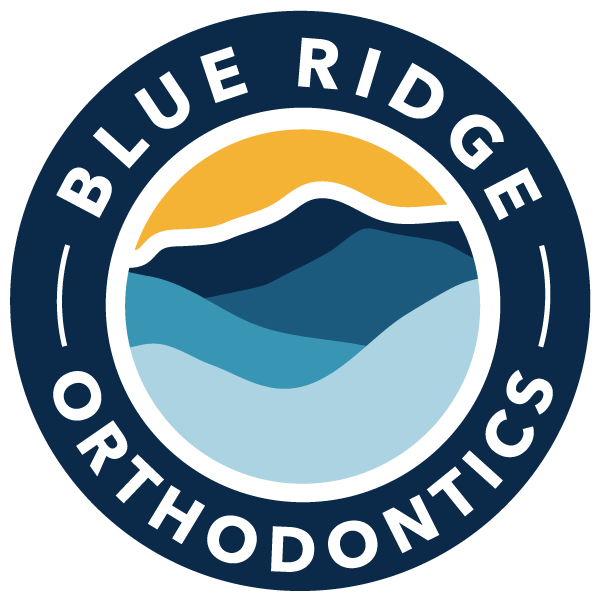5 Signs It’s Time to Visit an Orthodontist: What You Need to Know
Keeping your teeth healthy seems straightforward: you must brush, floss, and visit the dentist. That’s what some people think; however, orthodontic health is equally important. Orthodontists focus on correcting teeth and jaw irregularities, playing a pivotal role in ensuring a healthy, functional, and attractive smile. Recognizing when to seek an orthodontist’s expertise can be crucial for oral health. Here are five signs that indicate it might be time to visit an orthodontist, highlighting the importance of timely orthodontic intervention.
5 Signs to Visit Orthodontist
If Your Teeth Are Shifting
Shifting teeth is more than a cosmetic concern; it can indicate underlying dental issues. This shift can manifest as noticeable gaps, overcrowding, or misalignment. Besides impacting your smile’s aesthetics, shifting teeth can complicate oral hygiene, increasing tooth decay and gum disease risks. Orthodontic treatment can effectively address these shifts, ensuring your teeth are correctly aligned and easier to maintain.
If You’re Having Trouble Speaking
Speech is intricately linked to the alignment of your teeth. Misalignments, such as an overbite, underbite, or crossbite, can impede your ability to articulate words, leading to speech impediments or pronunciation difficulties. If you notice changes in your speech, especially if they coincide with dental development issues, it’s wise to consult an orthodontist to explore potential corrective measures.
If You Have Discomfort While Eating
Eating should be a pleasurable and pain-free experience. However, misaligned teeth or jaw issues can make it challenging and uncomfortable. If you find yourself avoiding certain foods due to difficulty chewing or experiencing pain during or after eating, it strongly indicates that your dental alignment needs attention. An orthodontist can diagnose the problem and provide solutions like braces or aligners to make eating enjoyable again.
You Aren’t Happy with Your Smile
The impact of a smile on self-esteem and social interactions can’t be overstated. If you hide your smile due to crooked teeth, gaps, or other alignment issues, it’s time to consider orthodontic treatment. Modern orthodontics offers a range of options, from traditional metal braces to discreet clear aligners, ensuring a solution fits your lifestyle and aesthetic preferences. A consultation with an orthodontist can open the door to a smile you’re proud to show off.
If You Have Mouth Soreness
Chronic mouth soreness might stem from teeth grinding, misaligned bites, or TMJ (temporomandibular joint) disorders. Persistent soreness shouldn’t be ignored, as it can lead to more severe complications if left untreated. An orthodontist can identify the root cause and suggest appropriate treatment plans, providing relief and preventing further dental complications.
Blue Ridge Orthodontics
Recognizing these signs and taking action is vital for maintaining your oral health. Schedule an appointment at Blue Ridge Orthodontics by calling 828-585-6045 and embark on the journey to a healthier, more confident smile.

